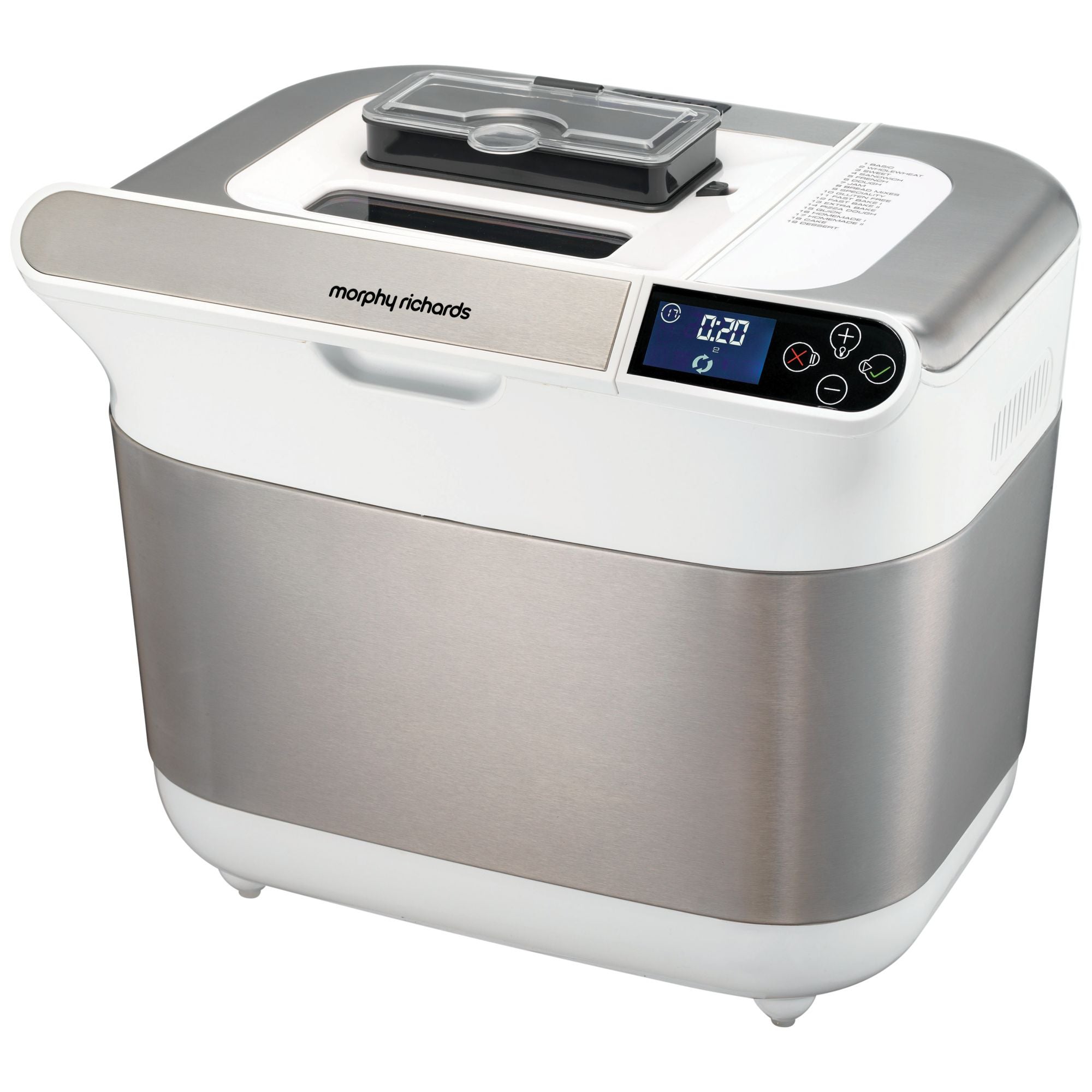Bread-making is back, but which bread-maker to go for?
Sales of bread-makers are rising faster than sourdough loaf, but which ones are best? Emily Jenkinson investigates.

Your support helps us to tell the story
From reproductive rights to climate change to Big Tech, The Independent is on the ground when the story is developing. Whether it's investigating the financials of Elon Musk's pro-Trump PAC or producing our latest documentary, 'The A Word', which shines a light on the American women fighting for reproductive rights, we know how important it is to parse out the facts from the messaging.
At such a critical moment in US history, we need reporters on the ground. Your donation allows us to keep sending journalists to speak to both sides of the story.
The Independent is trusted by Americans across the entire political spectrum. And unlike many other quality news outlets, we choose not to lock Americans out of our reporting and analysis with paywalls. We believe quality journalism should be available to everyone, paid for by those who can afford it.
Your support makes all the difference.Atkins is out and artisan breads are in, and increasingly we’re making our own. That’s according to John Lewis, which has seen a 70 per cent increase in sales of bread-makers over the last year with a 33 per cent spike in purchases following the first episode of this year’s Great British Bake Off.
Mary Berry might be helping to re-awakening our love of the loaf, but the benefits of bread as a healthy food staple are increasingly being recognised by dieticians and nutritionists. Recently, The National Diet and Nutrition Survey (NDNS) said that bread not only provides energy, but also contains dietary fibre and a range of important vitamins and minerals, including calcium, iron and protein. Meanwhile, books such as The Carb Lover’s Diet have helped to dispel the myth of bread as the enemy of all slender waistlines, stating that wholegrain varieties can actually help to burn calories.
Of course, the fresher the bread and the fewer food emulsifiers, conditioners and preservatives added, the better bread’s health benefits and all-round taste, and by making it yourself, you can ensure that the quality is tip-top. But which bread maker to go for?
Gregory Easton, acting buyer of small electricals at John Lewis comments: “If you’ve been bitten by the baking bug and are looking to invest in a bread-maker, make sure you choose the right model to suit your needs. If you’re a fan of simple everyday breads, models such as the Kenwood MB260 and BM450 are perfect for making savoury loaves, as well as white, wholewheat, French or gluten-free breads, and cakes too. For more ambitious bakers, there are some great products with settings that allow users to produce rye bread, pizza dough and speciality breads with various grain and flour types.”
For those with a taste for fruity, nutty loaves, Easton recommends the Kenwood BM450, the Panasonic SD-ZB2502BXC or the Morphy Richards Premium Plus, all of which feature settings suitable for more adventurous home-baked breads. Unlike the cumbersome models of old, these also have the benefit of being relatively small and can be integrated onto your kitchen worktop alongside the toaster and kettle. And of course, there’s no kneading necessary. “Simple loaves can be produced in just two hours,” says Easton, who suggests programming your bread-maker to produce a loaf for when you get up in the morning. “The sophistication of these models means that all you need to do is add the ingredients and let the machine to the work, leaving you to wake up leisurely to the smell of freshly baked bread.”
Gregory Easton’s top tips on how to get the most out of your bread-maker
1. Always use a dry yeast as it means the bread will keep for longer
2. Always use bread flour (not all-purpose flour) as the high gluten content of bread flour allows the dough to stretch and rise.
3. To prevent air pockets from forming in the dough, spoon the flour into a measuring cup and use a flat knife to level it out.
4. The temperature of any liquid ingredient you are adding to your dough should never be higher than 26°C as if it gets any hotter, it will kill the yeast.
5. If your bread fails to rise properly there are several reasons why this could be the case: the yeast was past its expiration date; the liquid was too hot and killed the yeast; the ingredients were too cold (all ingredients should be, where possible, at room temperature).
Emily Jenkinson is interiors writer for the mydecomarketplace, an online shopping experience where you can search hundreds of home furnishings and accessories all in one place.
Join our commenting forum
Join thought-provoking conversations, follow other Independent readers and see their replies
Comments